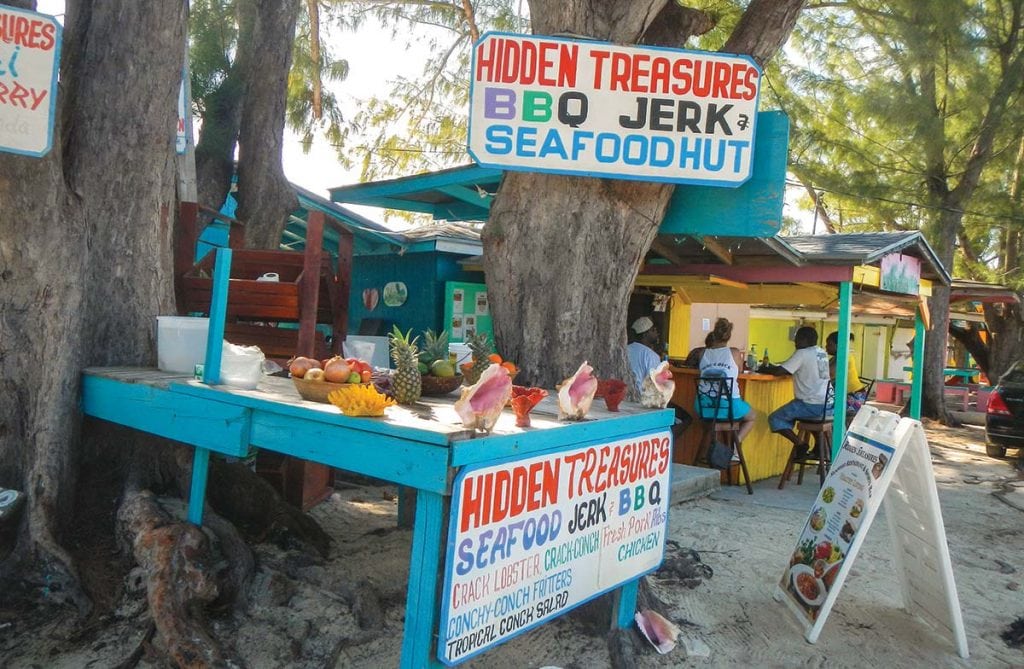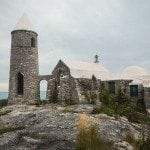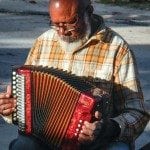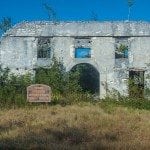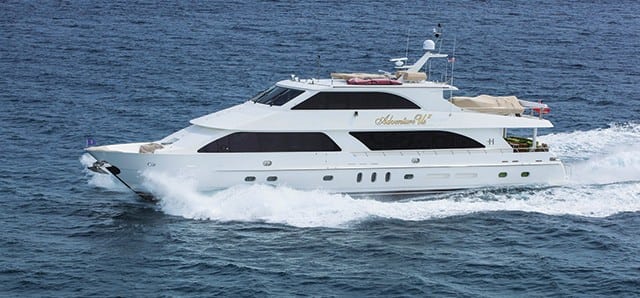Cat has the gin-clear water, beautiful beaches, fishing, and diving you would expect to find in these islands, but it also has some of the best surviving evidence of American Loyalist settlers and many of the most interesting stories and characters you will find anywhere. Traditionally referred to as one of the Out Islands of The Bahamas, Cat Island lies well south and east of the more heavily traveled Abacos. Because of its relative isolation, Cat is less frequented by cruisers and barely touched by tourism. As a result, its unspoiled environment provides a wonderful window into the history and culture of The Bahamas.
Approximately 50 miles long but as little as 1 mile wide in some locations, Cat lies slightly north and east of the Exumas across Exuma Sound. The western waters are shallow banks typically 10-20 feet deep, while the east coast faces the Atlantic Ocean and is bordered by beautiful but dangerous reefs. Cat is easily reachable by boat from Eleuthera, Long Island or the Exumas. Entry onto the banks is typically in the north from the vicinity of Little San Salvador or from the south at Hawksnest Creek.
New Bight
One of the best anchorages at Cat is in the south off of the town of New Bight. New Bight offers a number of services along a nice beachfront. Near the north end of town, a collection of take-out restaurants draws cruisers like a magnet. A variety of traditional Bahamian dishes paired with fish, lobster and conch prepped in imaginative ways make for an excellent lunch or dinner. Hidden Treasures, a unique restaurant where Denise will welcome you like family, serves an outstanding lobster dinner among many other top quality dishes. Next door at Sunshine, another take-out spot, try the conch fritters with a cold beer in the afternoon, or go for the conch salad for a deliciously fresh dinner. These are strictly outdoor dining atmospheres under the palms and casuarinas with your feet in the sand—just what you envisioned!
Rake -n- Scrape Music
Rake -n- scrape is an important part of the traditional folk music of The Bahamas. The key instruments are the accordion or concertina, goombay drum and a crowd favorite, the saw. Traditionally played by scraping with a nail, the saw drives the rhythm and practically defines the sound of rake -n- scrape. Cat Island is a hotbed of rake -n- scrape and the residents are committed to preserving this traditional style. The annual Cat Island Rake And Scrape Festival is held near Arthur’s Town during The Bahama’s Randol Fawkes Labour Day weekend in early June every year. Bands from across The Bahamas perform, and expect to see the Bahamian Quadrille and Heel and Toe Polka dancing that developed on the islands from the mixed African and European heritage.
One of the highlights of a stop at New Bight is the chance to experience rake -n- scrape in its most traditional form. Pompey “Bohog” Johnson is known across The Bahamas and internationally as a legend of rake -n- scrape. Pompey is also known for his band, Bohog and the Rooters. Crystal Smith plays the saw and Cedelle Hunter is on the goatskin drum. Both are in their 20s and are deeply committed to preserving this music. Although their standing joke is that Johnson is 44, Smith claims he’s been 44 for a very long time. The Rooters often perform at Sunshine for the cruisers and tourists when enough boats gather in the anchorage. Seated in the open air, they play and Pompey sings stories telling of life in the islands. bahamas.com/islands/cat
The Hermitage
Father Jerome, born John Hawes in 1876, England, built a small, stone monastery near New Bight. He began his adult life as a well-known creative architect, but quickly felt a calling to the church. He was ordained as a priest in the Church of England in 1903 and was later posted to The Bahamas where he designed the first of many churches, which are still prominent in Clarence Town, Long Island. After a long period of travel and reflection, Hawes chose to convert to Catholicism, became a priest and was sent to Australia, serving as a priest and architect in the Outback for nearly a quarter-century.
Perhaps exhausted by that work, he returned to his beloved Bahamas as Father Jerome. He purchased Como Hill, also known as Mount Alvernia, and built the medieval-style monastery to serve as his home and retreat from the world. This is a place of stark beauty, where the lush landscape and broad views of the sea contrast with the austere structure in which Father Jerome lived out his days. He built the home entirely by hand and on his own at the very top of the hill. Stations of the Cross, each one hand carved by the Father, line the steep stone staircase up the hillside. The unadorned, uncomplicated living and worship spaces are evidence of this man’s unique soul.
If you choose to visit the monastery, you will likely find yourself admiring the panoramic views and wondering about the man who did so much for his parishioners and eventually retired to build and live in this remote spot alone. But once you experience the wonders of Cat Island for yourself, you’ll understand its charm.
Bimini getaway
Labor Day weekend marks Denison’s adventurous Bimini Rendezvous (September 2-5) at Resorts World Bimini. The weekend will offer snorkeling at a plane wreck, stingray excursions, conch cracking competition, water activities at Paradise Beach, a scavenger hunt, wine tasting, yacht hop, casino night, white party, festive dinner parties, and family activities. Learn more at denisonyachtsales.com/bimini.
By Rex Noel, Southern Boating Magazine
August 2016

